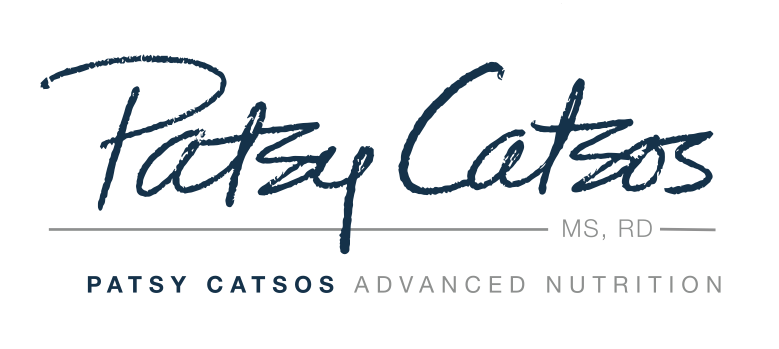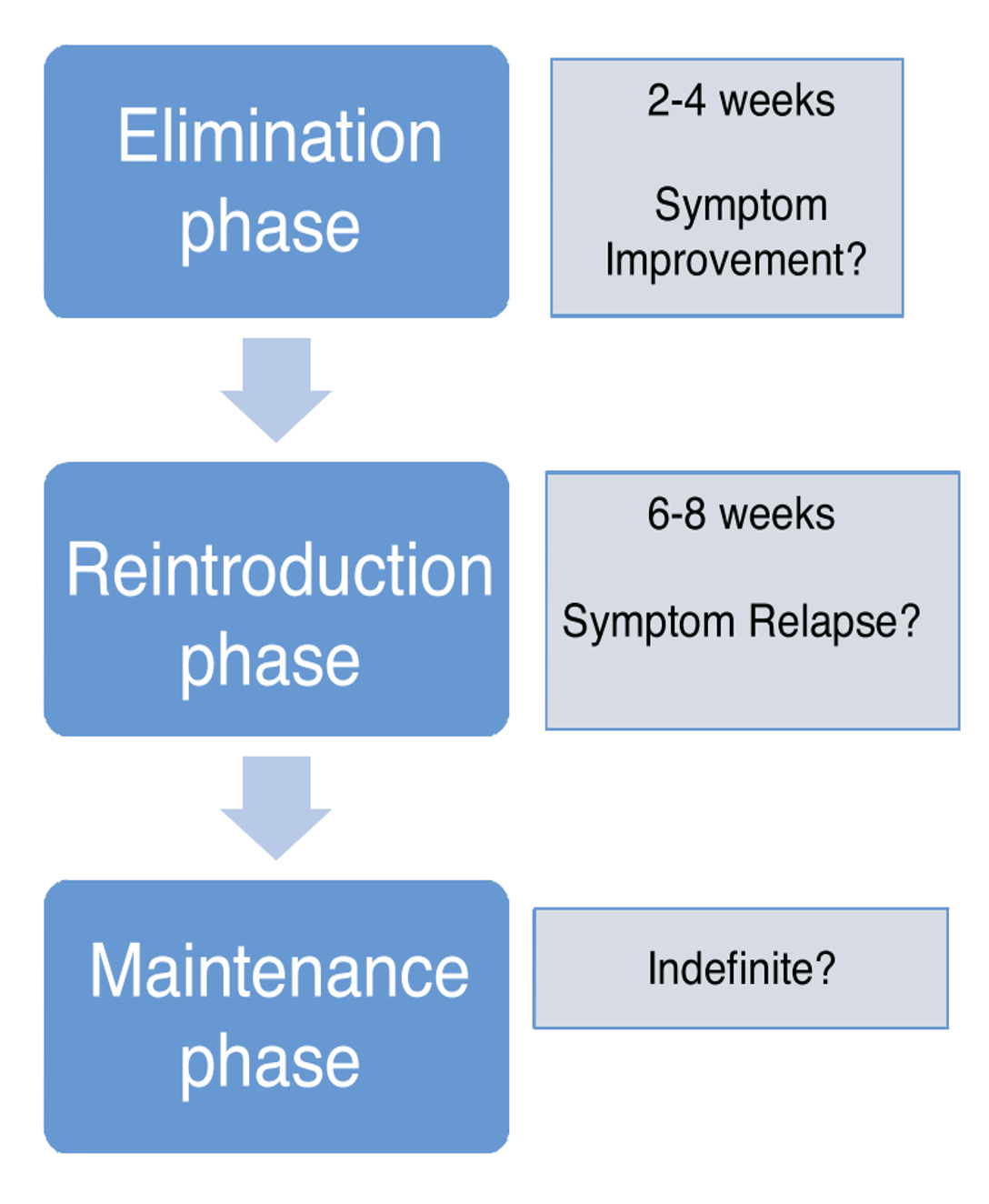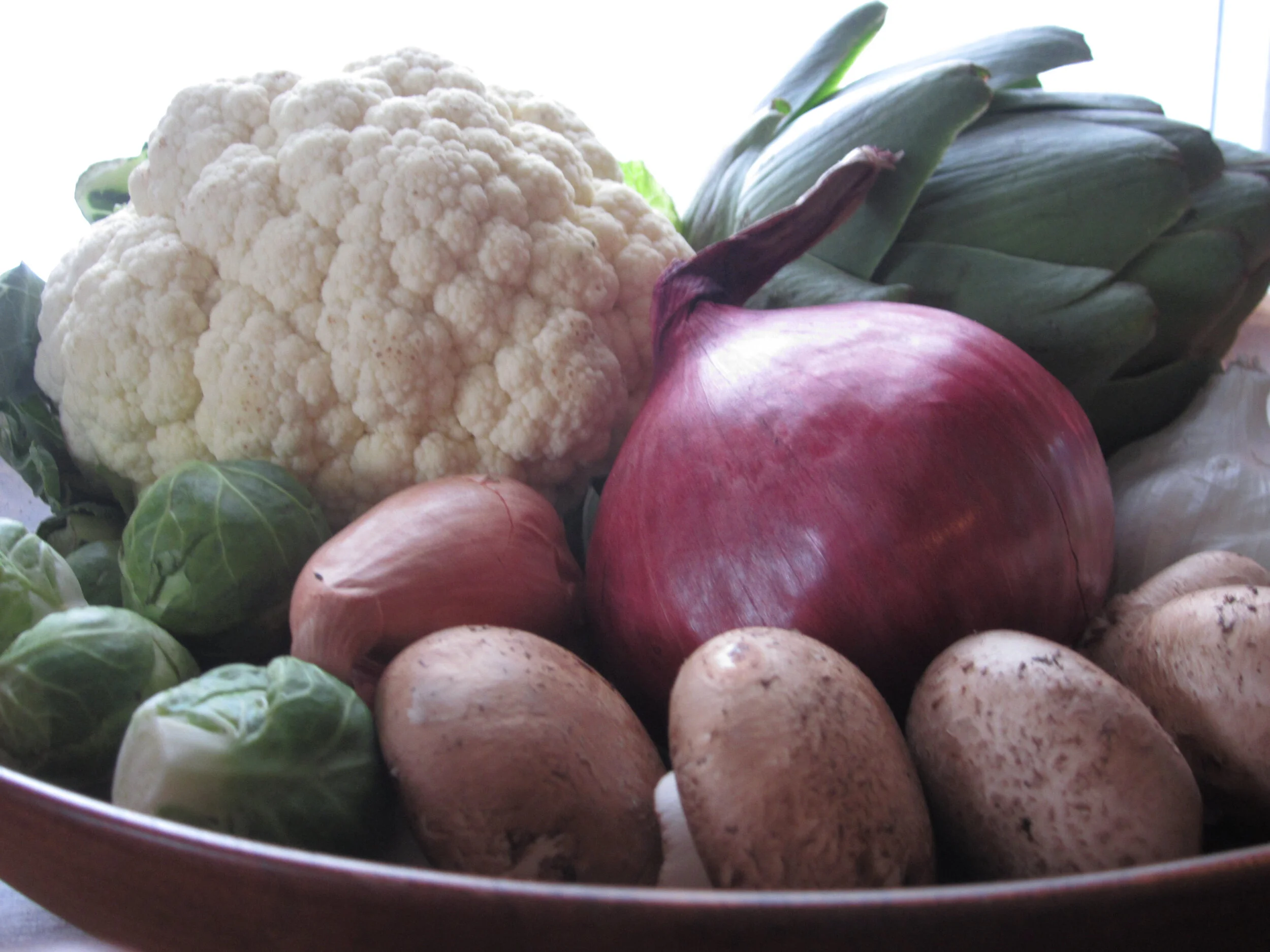It’s difficult to stand by when someone you love is suffering. Does your Valentine miss fun outings or important obligations due to IBS pain or needing to stay close to the toilet? If so, here are a few things you can do to help.
Smoothies: Easy Meals or FODMAP Bombs?
Smoothies have never been more popular! And why not? They taste great, can be assembled quickly, offer a convenient way to have a meal while on the job or in the car, and are a great vehicle for eating more fruits and vegetables. You can even use them to help you take nutritional supplements! As healthy as they can be, however, they are full of belly-ache potential.
Is Sucralose OK on a Low-FODMAP Diet?
Why Not Stay Low FODMAP Indefinitely?
Q. After going low FODMAP a few years ago, I’m still loosely eating that way. I’ve read it is not good to stay on the diet long term but I feel like it really helps me keep IBS undER Control. Why not stay low FODMAP INDEFINITELY when it may be helping?
The short answer is that a Low FODMAP diet may be too limited in some cases. More variety, usually results in a more nutritious diet and promotes a better food quality of life.
In many ways it is so much simpler to just follow the rules and stay low-FODMAP than it is to go through the uncertainly of the reintroduction process. But simple isn’t always easy, is it? In fact, most of my practice these days, almost 15 years into the FODMAP era, consists of helping people take those next important steps toward a varied diet. Why bother?
Ideally, the FODMAP elimination diet is a short dietary experiment. Eswaran SL Curr Opin Pharmacol, 2017
As you have read, low-FODMAP diet is meant to be a short dietary experiement, to get IBS symptoms under control. If it doesn’t work for you, don’t continue it. If it does improve your abdominal and bowel symptoms, it should be followed by a reintroduction process. That is the only way to figure out which FODMAPs are (and are not) symptom triggers for YOU. They are not the same for everyone. This paves the way for you to enjoy a more varied diet.
A Varied Diet is more nutritious
Fortunately, there are good low-FODMAP sources of all nutrients. So if you are willing and able to eat a wide variety of low-FODMAP foods you might not have to worry too much about this one. But, if you add other dietary restrictions, you can find yourself eating a repetitive, short list of foods that comes up short in some areas. For example, it can be difficult for vegans to get enough protein on low-FODMAP diets, if they are used to eating a lot more beans, nuts and seeds. Other people might be at risk for poor intake of certain nutrients even on their usual diets, in ways that have less to do specifically with FODMAPs. For example, people on dairy-free diet rarely get the recommended amounts of calcium from food. People who don’t care for green leafy vegetables or nuts probably aren’t consuming enough magnesium, and so on.
Some FODMAPs are important prebiotics
Fructans and GOS are two of the six FODMAPs that are limited on low-FODMAP diets. They are also well-known prebiotics. Prebiotics are selectively fermented by the “good” bacteria in you gut, to produce beneficial substances like short chain fatty acids. When you are on a low-FODMAP diet you cut back on these a great deal.. Hopefully you are still eating low-FODMAP servings of foods that contain some fructans and GOS, along with good low-FODMAP sources of prebiotics. Choose low-FODMAP servings of whole grains, fruits, vegetables, nuts, seeds, and legumes. After the reintroduction process, you should eat larger servings of these foods if you can tolerate them, to increase your intake of prebiotics.
Food Quality of Life
Sharing is an important part of “food quality of life”. Photo credit: C. Catsos
Most people find that their food quality of life is better when they are eating a more varied diet. What does this mean? It means being able to share in communal food life and (mostly) eating what is served when dining with friends and family. It means not having to say “no” to everything just because you are following the rules, and not having to bring your own meals to gatherings. It means enjoying occasional restaurant meals with more confidence. It means generally just having a better relationship with food and being less afraid of food and eating.
Be Sure
Your question indicated you “feel like” low FODMAP diet keeps your IBS under control and “may be helping”. You need to be more certain than that to justify the potential drawbacks of a long term low FODMAP diet. Self-knowledge is your ticket forward. Gain it by reintroducing FODMAPs in a structured way, monitoring symptoms, then adjusting your diet as tolerated.
This page may contain affiliate links. We are a participant in the Amazon Services LLC Associates Program, an affiliate advertising program designed to provide a means for us to earn fees by linking to Amazon.com and affiliated sites.
Is It Possible to Reintegrate Problem High-FODMAP Foods?
Q. I’ve been on the low-FODMAP diet for at least 7 years. I’ve consulted 3 doctors and one nutritionist, and no one has been able to enlighten me as to whether it’s possible to reintegrate the problem foods. You seem to say that it is possible. Can you kindly elaborate on how one does this? If there’s a way to condition my body to accept higher-FODMAP foods I would love to know about it.
Short Answer: For most people with IBS, it’s possible (and recommended) to at least partially reintegrate some high-FODMAP foods. Which foods (and how much) you will be able to reintegrate is revealed through careful observation during the reintroduction phase of the diet program. The reintroduction process is less about conditioning your body to accept high-FODMAP foods, and more about learning what your limits are. Being able to eat an overall high-FODMAP diet in the future is not one of the expected outcomes of the FODMAP elimination and reintroduction process.
FODMAP Intolerance Changes Over Time
5 Reasons for a FODMAP Do-Over
Great Beginnings: Figure Out Your IBS Food Triggers with Low-FODMAP Diet
If you’ll be starting a FODMAP Elimination Diet today, or perhaps after the long weekend, this post is for you! Whether you are trying this dietary experiment for the first time, or getting ready for a do-over, today’s post will help you make a great start.
FODMAPs for Vegans
Should I Start my Low-FODMAP Diet Before or After the Holidays?
Q. Should I wait until after the holidays to start my low-FODMAP diet? There are some special meals coming up that I really don't want to miss out on.
A. It's your call, of course, but many people find a way to follow low-FODMAP diets during the holidays so they can feel their best on these special occasions. A few limited exceptions will not ruin your low-FODMAP diet. Just get right back on track at the next meal or snack, and carry on.
You have choices
Has your doctor or dietitian recommended that you try a low-FODMAP diet for your irritable bowel syndrome (IBS)? If so, you might be wondering when to begin. Special occasions and vacations occur year-round, don't they? There is almost always some upcoming event or activity that will require some adjustments to your low-FODMAP diet, and the upcoming holiday season is no exception!
Ask yourself how important it is for you to keep your symptoms to a minimum during the holidays. The prospect of feeling well during the holidays for a change can be very motivating! If that sounds like an amazing possibility, go ahead and start your low-FODMAP diet now. This choice does mean that you'll have to enjoy foods a little differently this year, but luckily, many holiday favorites are naturally low-FODMAP or can be easily adapted.
On the other hand, you might choose to set a starting date after the holidays if your IBS symptoms are mild, or if you'd rather suffer the consequences than eat differently from your usually holiday fare. In that case, you can still use the time available between now and then to learn about FODMAPs, and to get your meals and groceries organized.
Exceptions TO Low-FODMAP Diet for special occasions
If you're an over-achiever or a perfectionist, hear me now: a low-FODMAP diet does not have to be perfect to be a good learning experience or to improve your IBS symptoms over the long run. The goal of the Elimination Phase of the diet is to greatly reduce your intake of FODMAPs to see if it helps, not to master rule-following. Yes, you will learn more the closer you stick to the low-FODMAP diet overall during the Elimination Phase. But some limited exceptions will not ruin the whole project. Symptoms might be occur in the immediate aftermath of a higher FODMAP meal though, depending on how big the exceptions are.
It's OK to eat mostly low-FODMAP at a holiday meal while allowing yourself an exception for something really special. You might get away with this rather well if you've left plenty of room in your FODMAP "bucket" by choosing low-FODMAP foods and serving sizes for the rest of the meal.
It's even OK to make the whole meal an exception, though this approach is more likely to lead to a significant bout of IBS symptoms in those who are intolerant to FODMAPs. It's your call. Just keep portions on the small side, get back on track ASAP, and consider it a learning experience if you don't feel well later.
Holiday baked goods
Holiday baking is a beloved tradition, and most people following a low-FODMAP diet would be loathe to let the season pass without enjoying a few cookies or other holiday favorites. Unfortunately, wheat-based flour (whether it be white, all-purpose, or whole wheat) is a significant source of fructans, one of the FODMAPs. You have a choice of two strategies for working around this.
Enjoy these delightful Low-FODMAP Sugar Cookies!
The first option is to make low-FODMAP versions of the recipes, using gluten-free flours instead of regular flour. Gluten is not a FODMAP, so avoiding gluten isn't the point of using gluten-free flour in this case. The alternative flours happen to be lower in FODMAPs, so they are more suitable for a low FODMAP diet. Pro-tip: for best results, use recipes that were developed by an expert to match the baking characteristics of a particular gluten-free flour or blend. You will probably not be as happy with merely substituting a gluten-free flour or blend for the regular flour in your favorite recipe. Maybe you’ll enjoy my own Low-FODMAP Sugar Cookies!
To learn more about working with gluten-free flours, see this amazing article about by Lisa Rothstein on Secrets to Successful Low-FODMAP Baking! Lisa is a wonderful baker, and many of her best recipes appear in our book, IBS-Free Recipes for the Whole Family.
The second option is to limit yourself to a low-FODMAP serving sizes of plain cookies or cake (without fruit or nuts) at any one meal or snack, which is probably about ½ ounce, or a 2-inch diameter cookie. This is based on a bit of guesswork, since very few cookies (biscuits) have been analyzed at the Monash FODMAP lab. Put some cookies in the freezer and have a few during the Reintroduction Phase when you introduce fructans!
Whatever you decide to do, I wish you well, and Happy Holidays!
Resource:
Shop Low FODMAP: Baking Supplies










